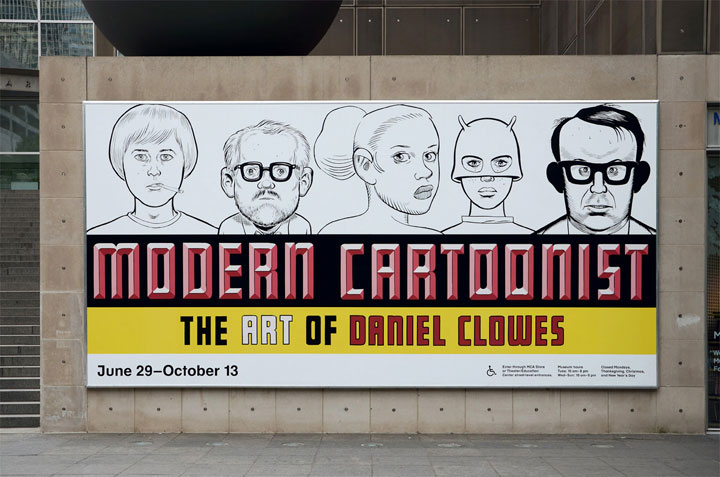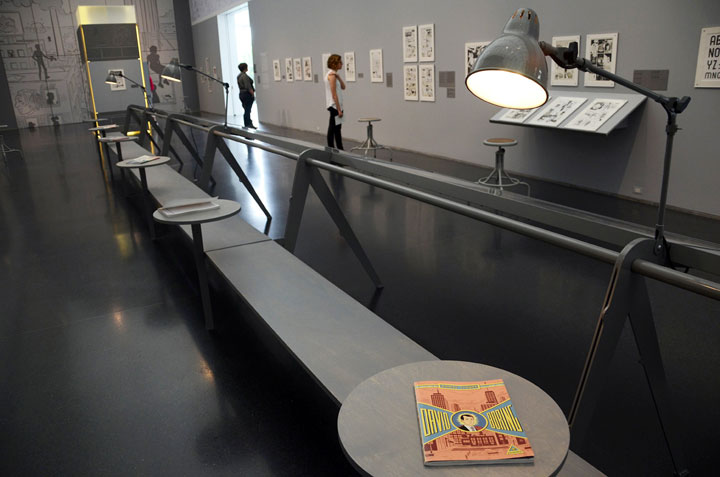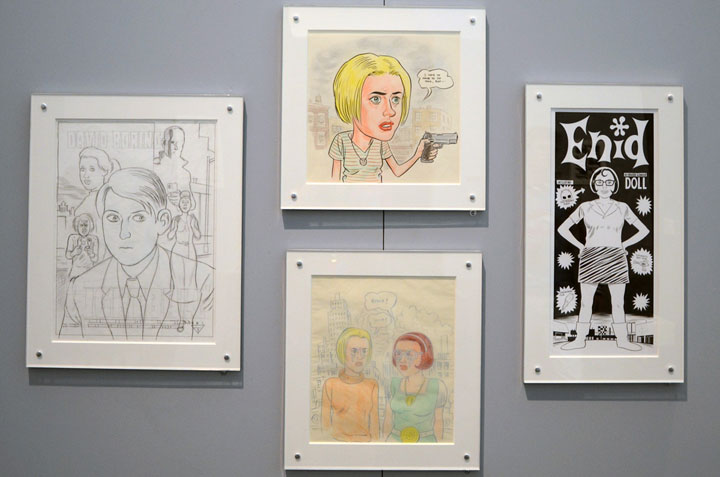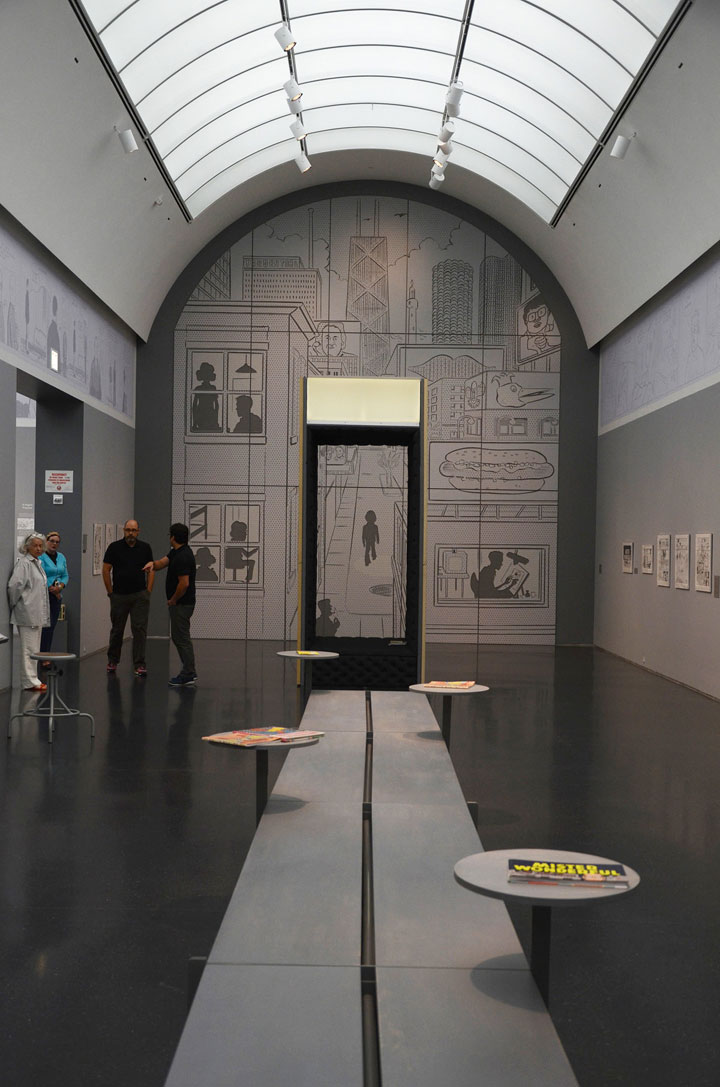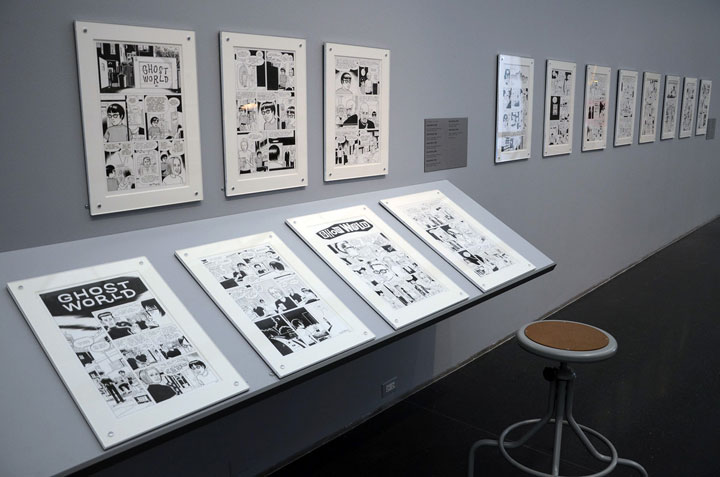This article contains a mixture of traditional drawing tutorials, drawing techniques and some methods for transforming and preparing your creations for screen design. Some are intermediate level and some are advanced tutorials that include general theory, useful tips, comic inspired art, sketch a pencil drawing, coloring processing, character sketching, shapes, proportional, perspective and much more. We hope that drawing tutorials and techniques in this post will be a great help to you.
Traditional Drawing Tutorials
Marilyn Portrait TutorialA truly fantastic drawing tutorial to learn how to draw a portrait of Marilyn Monroe with pencil. Each step of the portrait is perfectly well explained and commented. This tutorial is very detailed, and requires a lot of patience.
Portrait tutorial
This is a step by step tutorial on how to draw a realistic portrait. The artist assumes that you have a basic understanding of drawing and shading before attempting to draw a serious portrait. For this lesson he is drawing on 11″x14″ Fabriano Hotpressed Watercolor Paper. He is using Derwent Graphic Pencils ranging from 2H to 7B. For more information on any of the drawing tools that he mention in this tutorial, visit the drawing materials page.



